A thriving ecological system, a designated World Heritage Site and a visual wonder in every way – the Great Barrier Reef was one of not just Australia’s, but the world’s most treasured natural phenomena. And the news of the death of this 25 million year old reef is a loss the world is going to mourn together.
According to Outside Online, the Great Barrier Reef was pronounced dead by environmental writer Rowan Jacobsen with these words:
“The Great Barrier Reef of Australia passed away in 2016 after a long illness. It was 25 million years old.”
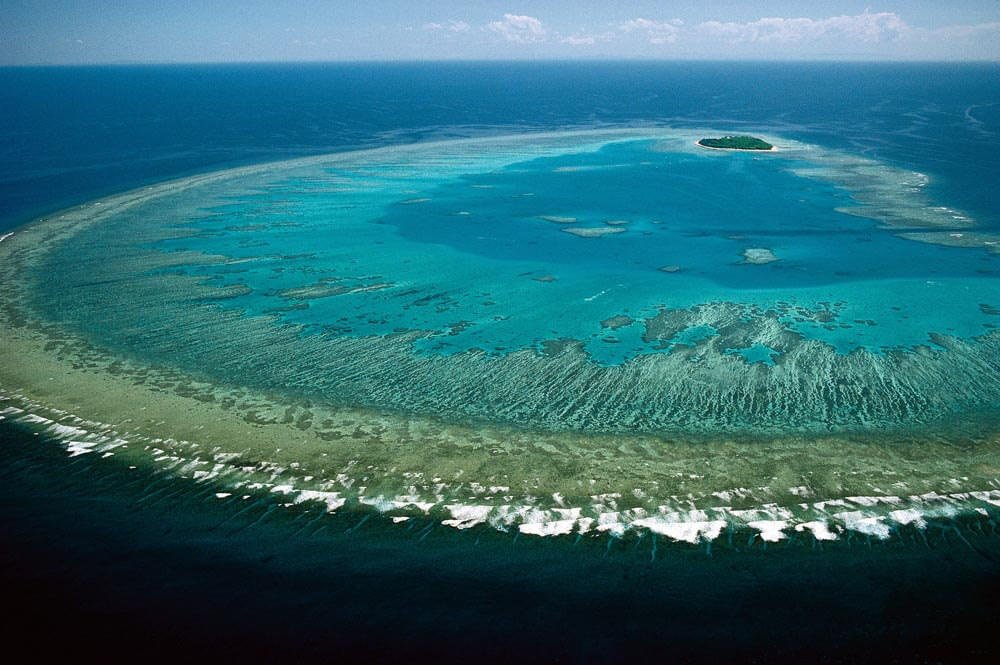
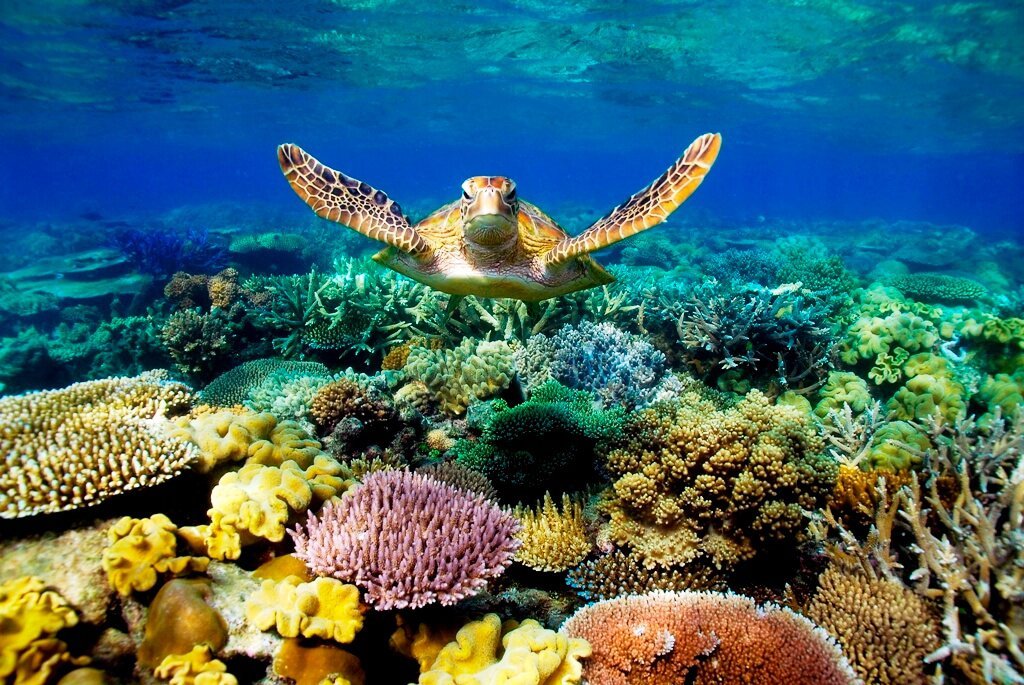
The reef, which was home to more than 1,625 species of fish, 3,000 molluscs and 30 different types of whale and dolphin, finally succumbed to its greatest enemy – bleaching.
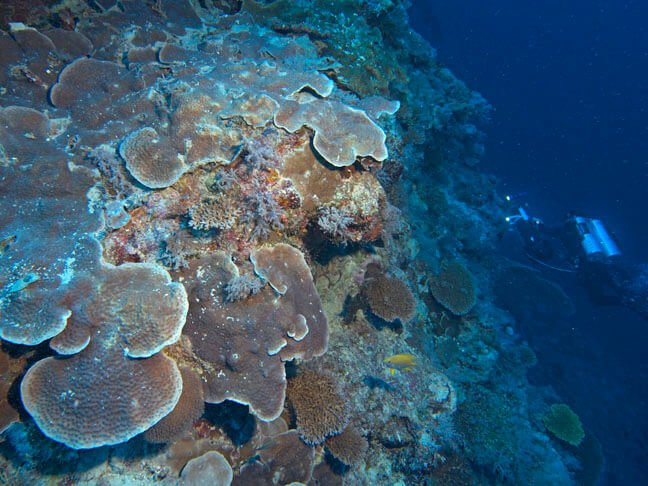
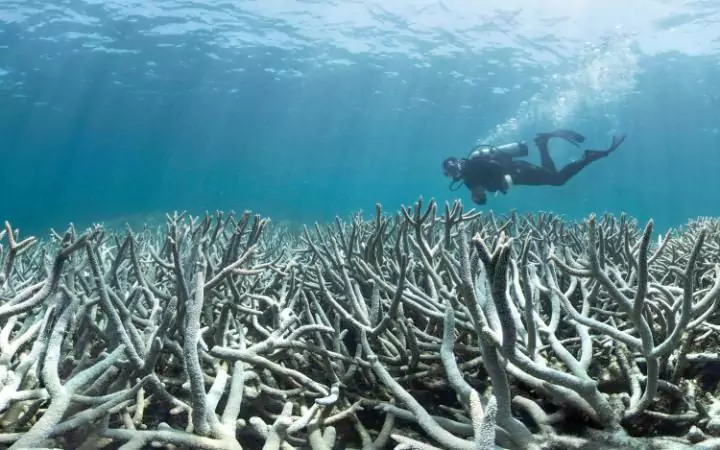
Coral bleaching is what happens when environmental stress impacts on the “symbiotic” relationship between the rock-like living creatures that form the reefs and microscopic algae that give them their incredible colours.
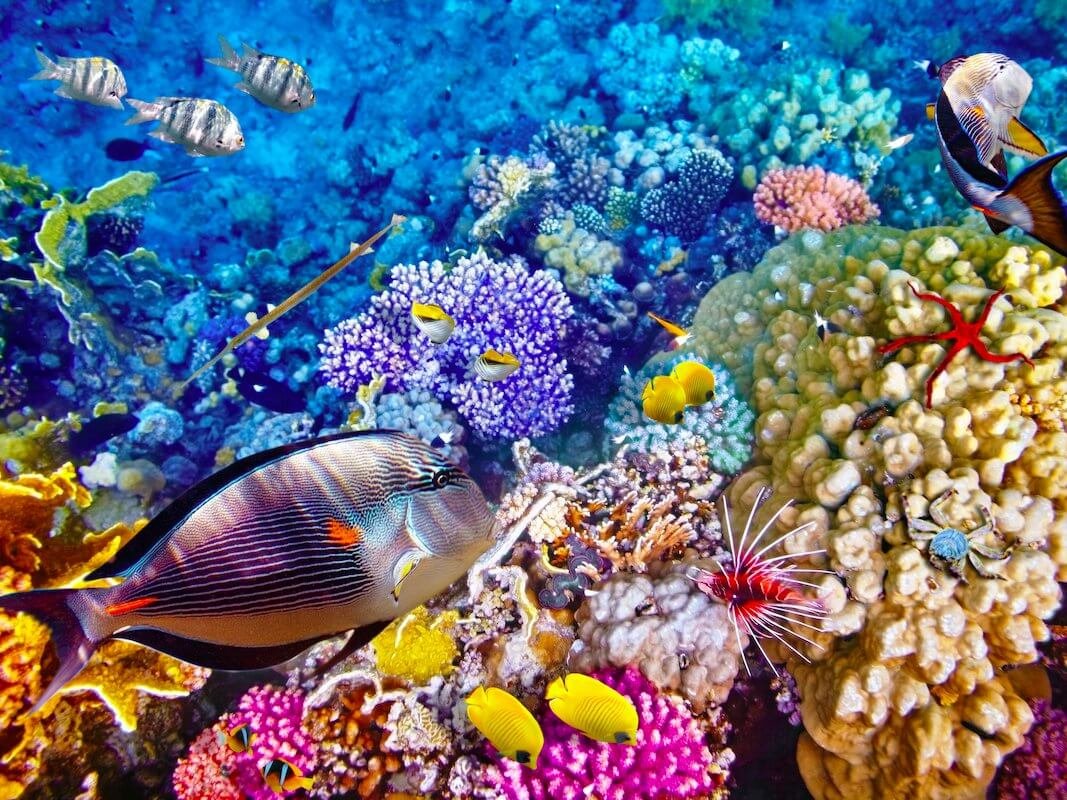
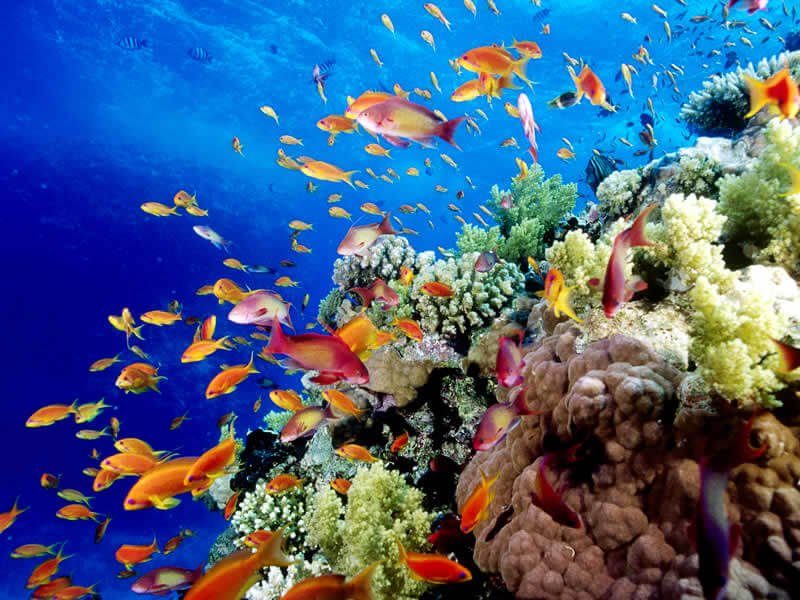
The warming up of the ocean waters, brought on by rapid and severe climate change among other stressful factors, led the reef’s defining corals to expel the algae (turning them into transparent skeletons) without which they starved.
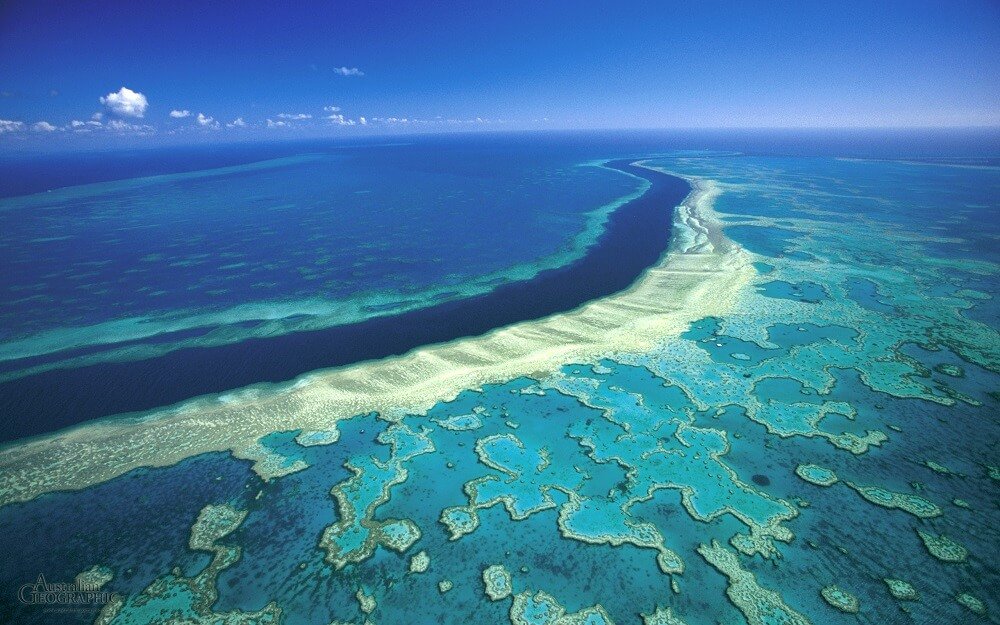
Born on the eastern coast of the continent of Australia in the Miocene epoch, the significance of the reef’s role in the ecological community that surrounded it cannot be overstated. A beacon for explorers, scientists, artists and tourists, it was Australia’s crown jewel, and rightly so.
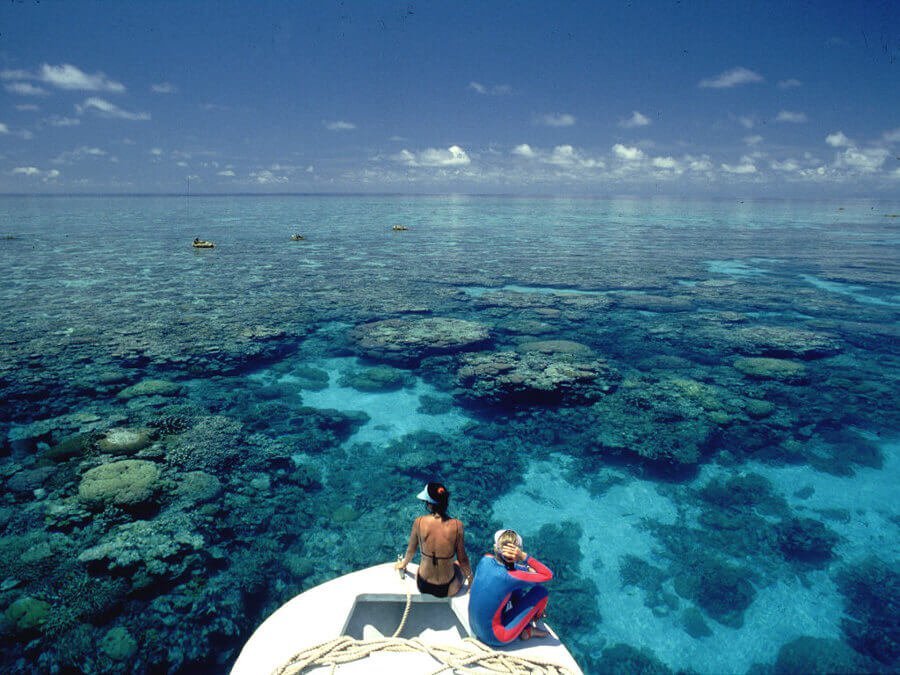
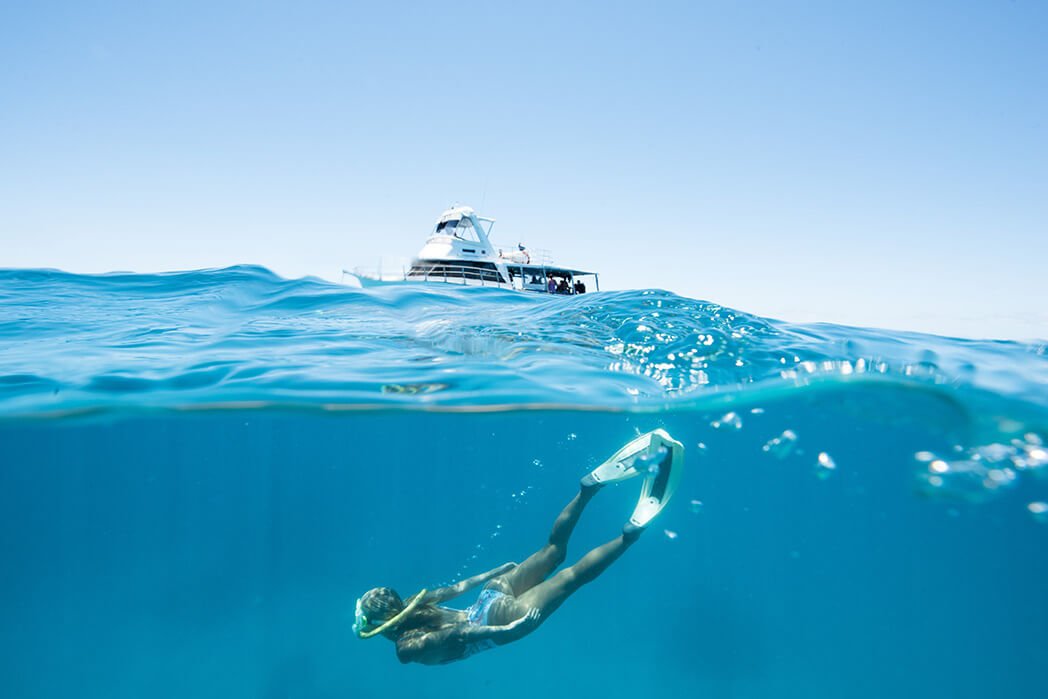
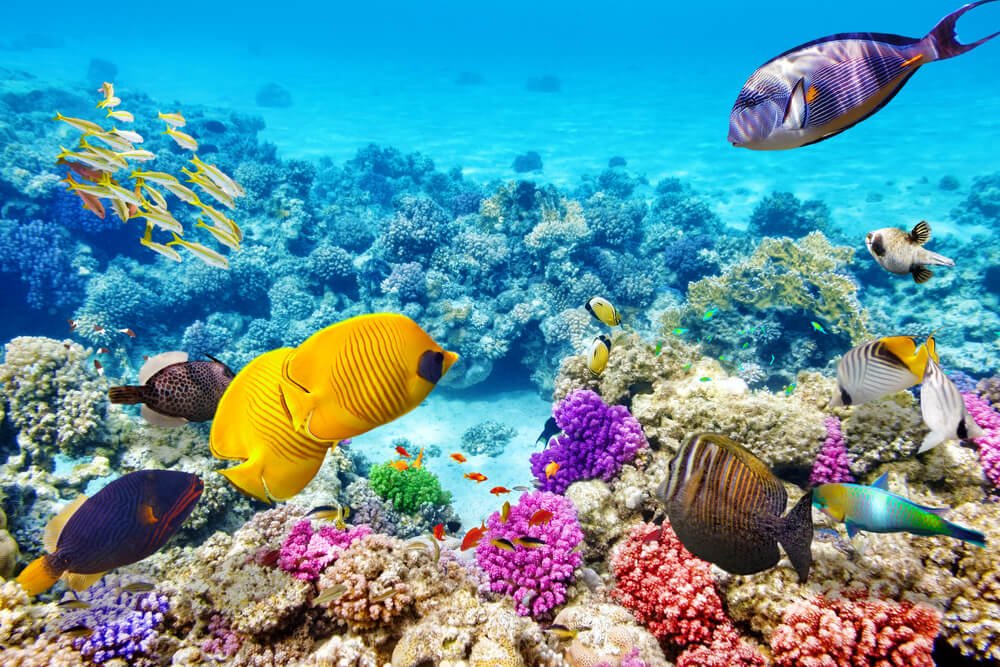
But as hard as it may be, we must come to terms with it that our worst fears about climate change have started to realise themselves. And the first casualty was one of Earth’s most undeniably precious natural treasures.
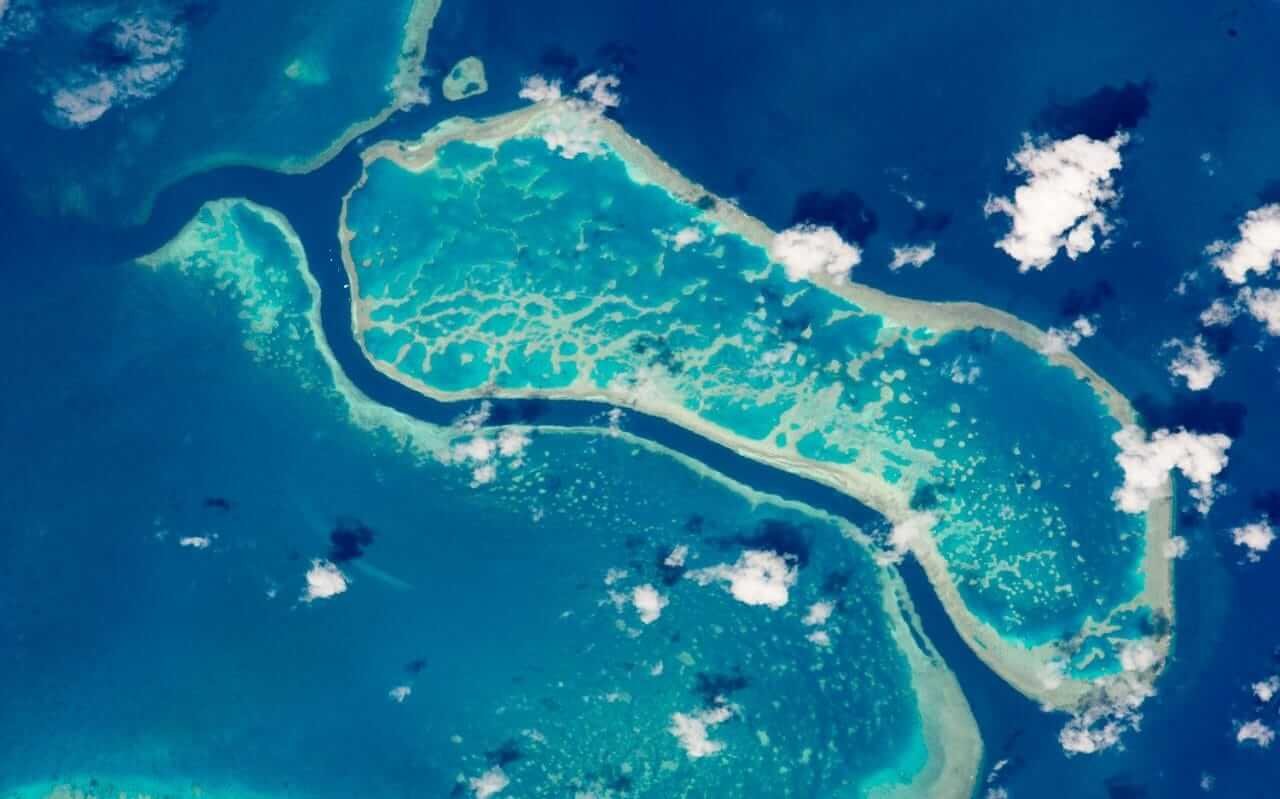
May the magnificent reef rest in peace.

















